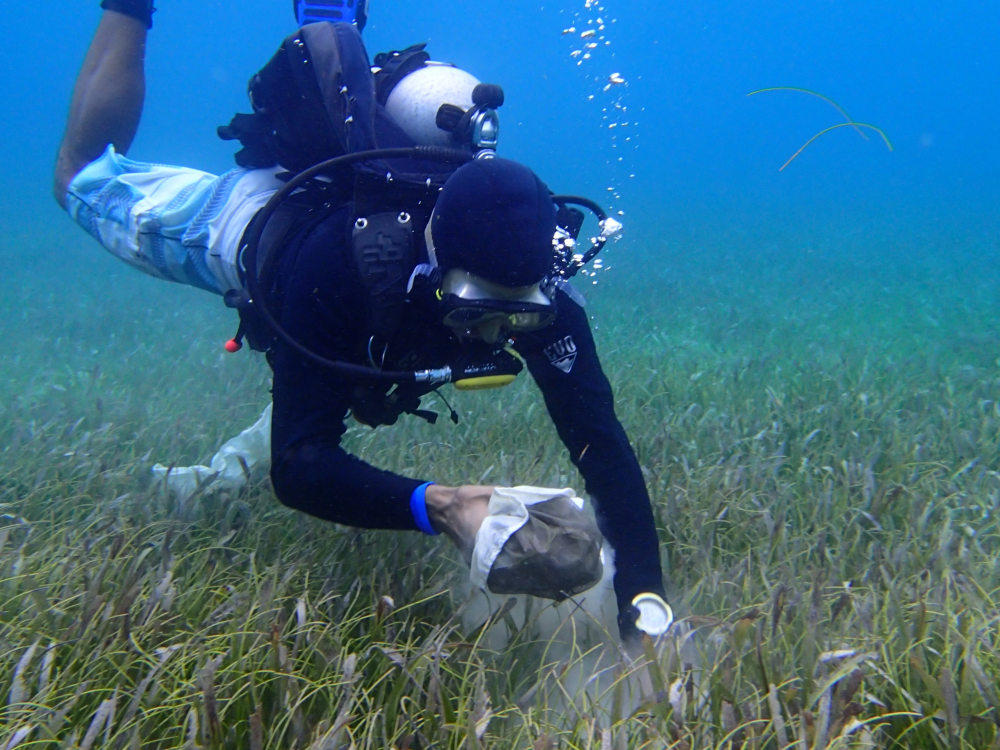Quick Start
-
save_alt
Seagrass Epifauna Protocol
-
save_alt
Seagrass Epifauna Lab Datasheet
-
save_alt
Seagrass Epifauna Data Spreadsheet
Overview
Seagrass meadows provide habitat structure and food, including production by associated algae, that support often dense and productive communities of small invertebrates and fishes. These small animals are key food resources for many fishes, especially juveniles, and seagrass meadows are thus important nursery habitats for harvested fish species in many regions. Mesh grab bags that are lowered over a standard area of seagrass bottom provide a low-cost but destructive way to quantify the small invertebrates (mobile epifauna) associated with seagrasses. There is also significant post-processing requires to measure the abundance, biomass, and species composition of the collected epifauna in the lab. Nevertheless, the presence and diversity of these small invertebrates appear to play a key role in supporting seagrasses by removing fouling epiphytes, especially in temperate zones, and thus sampling them is a critical component of understanding the health and functioning of seagrass ecosystems.

Measured Parameters
- Epifaunal taxonomic composition
- Epifaunal dry mass
- Macroalgal dry mass
- Seagrass dry mass (to standardize size of epifauna sample)
Selected Literature
Duffy, J. E., Reynolds, P. L., Bostrom, C., Coyer, J. A., Cusson, M., Donadi, S., … & Fredriksen, S. (2015). Biodiversity mediates top-down control in eelgrass ecosystems: a global comparative-experimental approach. Ecology letters, 18(7), 696-705.
Edgar, G. J. (1990). The use of the size structure of benthic macrofaunal communities to estimate faunal biomass and secondary production. Journal of Experimental Marine Biology and Ecology, 137(3), 195-214.
Orth, R. J., & Van Montfrans, J. (1984). Epiphyte-seagrass relationships with an emphasis on the role of micrograzing: a review. Aquatic Botany, 18(1-2), 43-69.
Neckles, H. A., Wetzel, R. L., & Orth, R. J. (1993). Relative effects of nutrient enrichment and grazing on epiphyte-macrophyte (Zostera marina L.) dynamics. Oecologia, 93(2), 285-295.